Montreal’s orchestra aces a tough Budapest test
NewsCanada’s Orchestre symphonique de Montréal played Budapest last night on the second leg of a major European tour with their young conductor Rafael Payare. Alexandra Ivanoff reviews for slippedisc.com.
L’Orchestre symphonique de Montréal made their Hungarian debut on 22 October, closing the city’s annual Liszt Festival at MÜPA (Palace of the Arts).
Not only was this a national debut, it also introduced Rafael Payare to a sold-out audience, who rewarded him with lusty bravos. The young maestro impressed throughout in an arduous program of Liszt’s Les Préludes, Ravel’s Piano Concerto in G Major with the Icelandic virtuoso Víkingur Ólafsson, and ending with Shostakovich’s Symphony No. 10 which Payare conducted from memory.
Resembling the young Giuseppi Sinopoli, Payare is a product of Venezuela’s Sistema, which has produced a line of successful conductors, following Gustavo Dudamel, who is music director of the Los Angeles Philharmonic and the Opéra de Paris.
Payare’s podium style is captivating: he moves from elegant ballet positions to rap dancing to the posture of a giant eagle ready to swoop down on prey. He has elegant control of phraseology, cueing precision in blizzard-level tempos, and an innate understanding of how to build thrilling climaxes. Payare’s a horn player, so his affection for wind instruments was mercifully evident to this listener: instead of relegating them to the role of accompanists to the strings, the woodwinds and brass got ample attention as both featured soloists and sectionals. So much so that the whole concert was largely a glorious showcase for winds.
The Icelandic pianist Víkingur Ólafsson, a favorite with Budapesters after several visits, studied with two famous Hungarians, György Sebők and György Sándor. ‘You Hungarians are lucky,’ he announced from the stage. ‘You have so many great composers. Liszt gave birth to modernism! I spent time today with György Kurtág (who is now 96 and still composing),’ he continued. ‘I feel like Hungary is my home.’
Ólafsson’s performance of the Ravel was magical. His way with this quirky concerto was effortless in all the score’s stylistic demands from straight classical to swingin’ jazz to the composer’s blissful oriental meanderings. The second movement’s dreamy waltz was astounding for its intense pianissimos – so hushed and intimate that the audience forgot to cough. After the delirious circus of the third movement, Ólafsson’s encore, not surprisingly, was Kurtág’s mystical Aus der Ferne and Bartók’s Three Songs from Csik based on Carpathian folk tunes.
The four movements of Shostakovich’s 10th are an acid test for any conductor. Written in 1953 soon after the death of Stalin, the lengthy first movement’s slow tempo and wandering quality can struggle to retain focus and audience attention. Payare engineered a long dramatic buildup by weaving in and out of the score’s mood shifts, often allowing the viola section to take the lead with their velvety burnished tone.
The second movement, which has been ascribed as a portrait of Stalin, starts with vicious chopping fury by the violins and plunges into a quagmire of sonic hostility. The movement is short, but to the point: the composer bites back at his persecutor.
The third and fourth movements lighten up considerably and use Shostakovich’s acronym, D-Es-C-H, his name as applied to musical pitches, a device he included in several of his symphonic works. Here, he adds E-A-E-D-A (solfeggio: E-La-Mi-Re-A) which refers to his secret passion for a young woman, Elmira. He assigns those notes to a solo horn, using it like Siegfried’s call, as he builds orchestral texture around it. After the Sturm und Drang of the work’s beginnings, memories of love join each other in the finale.
In every moment, from the delicate to the bombastic, Payare aced the test. The festive tip of the hat to Liszt with Les Préludes, where he artfully shaped the winds’ and brass’ contributions, established Payare from the start as a dynamic maestro to follow in the future.
Alexandra Ivanoff
photo: OSM/Antoine Saito

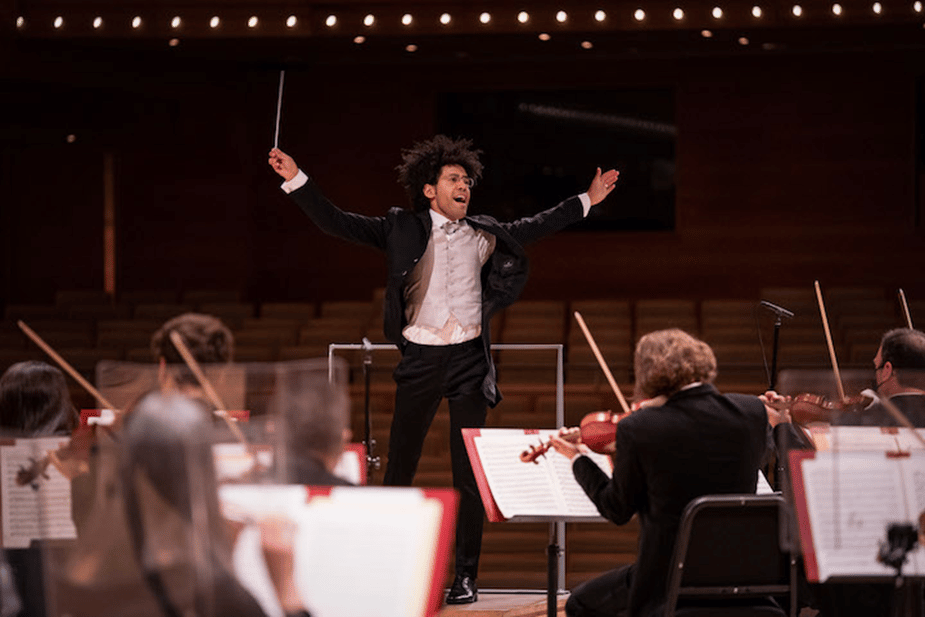
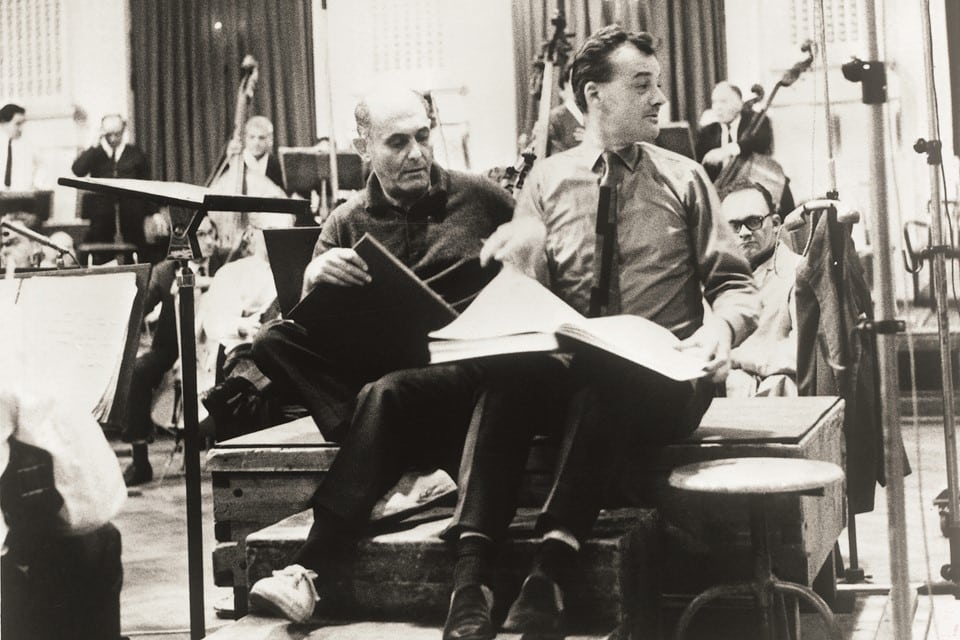
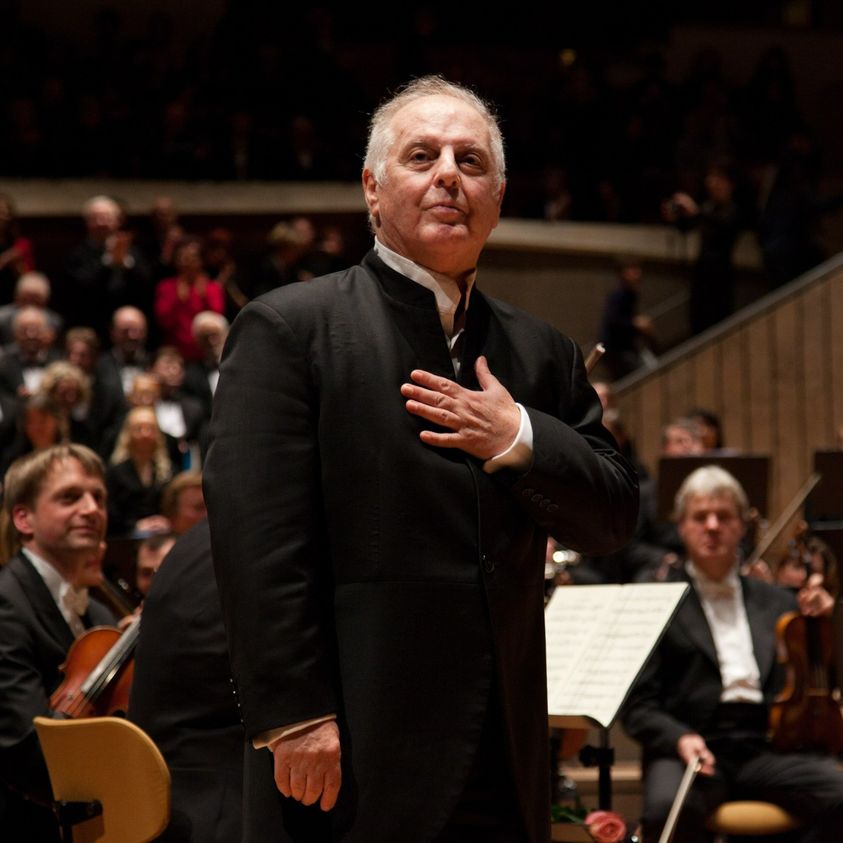
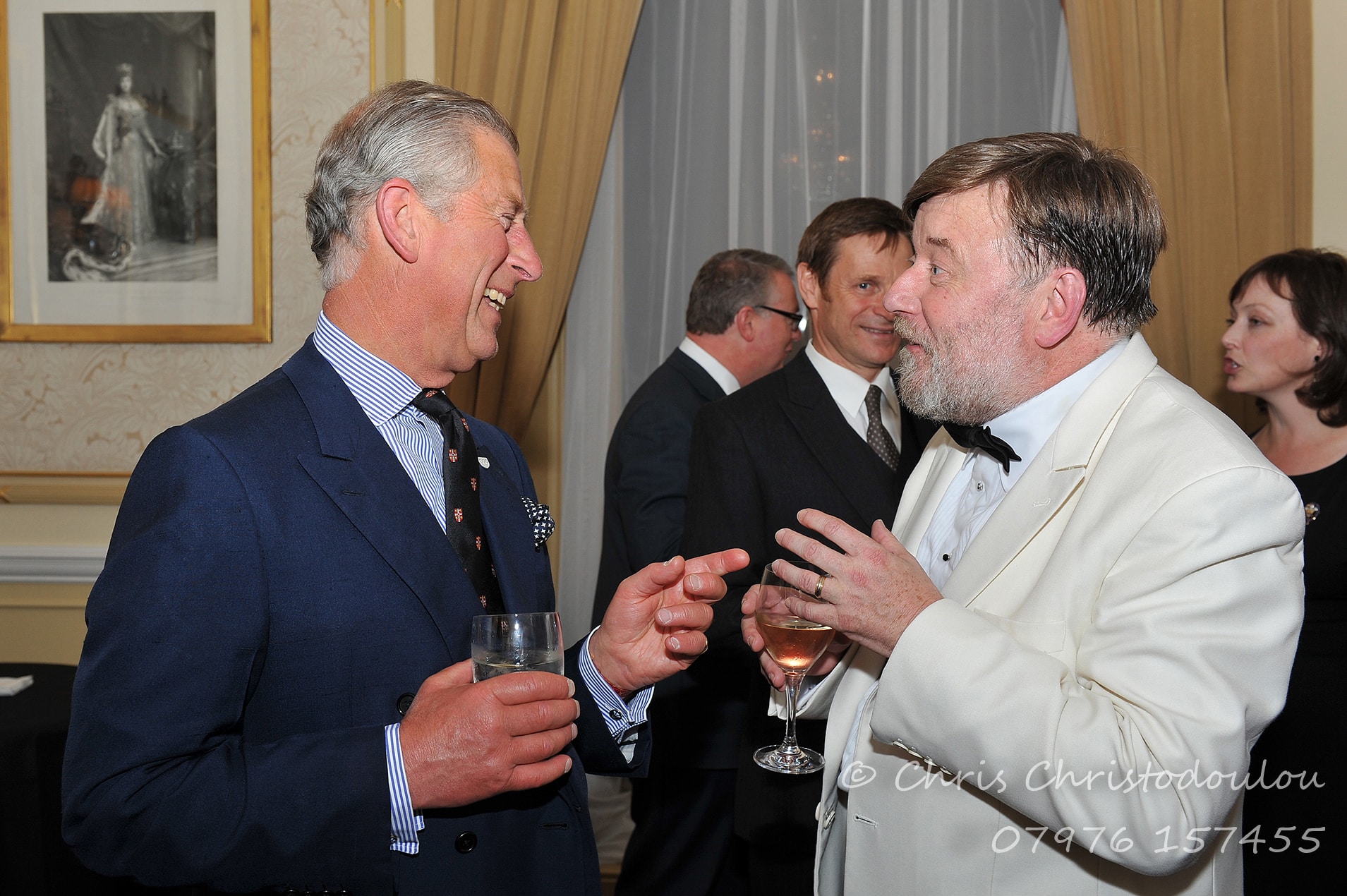
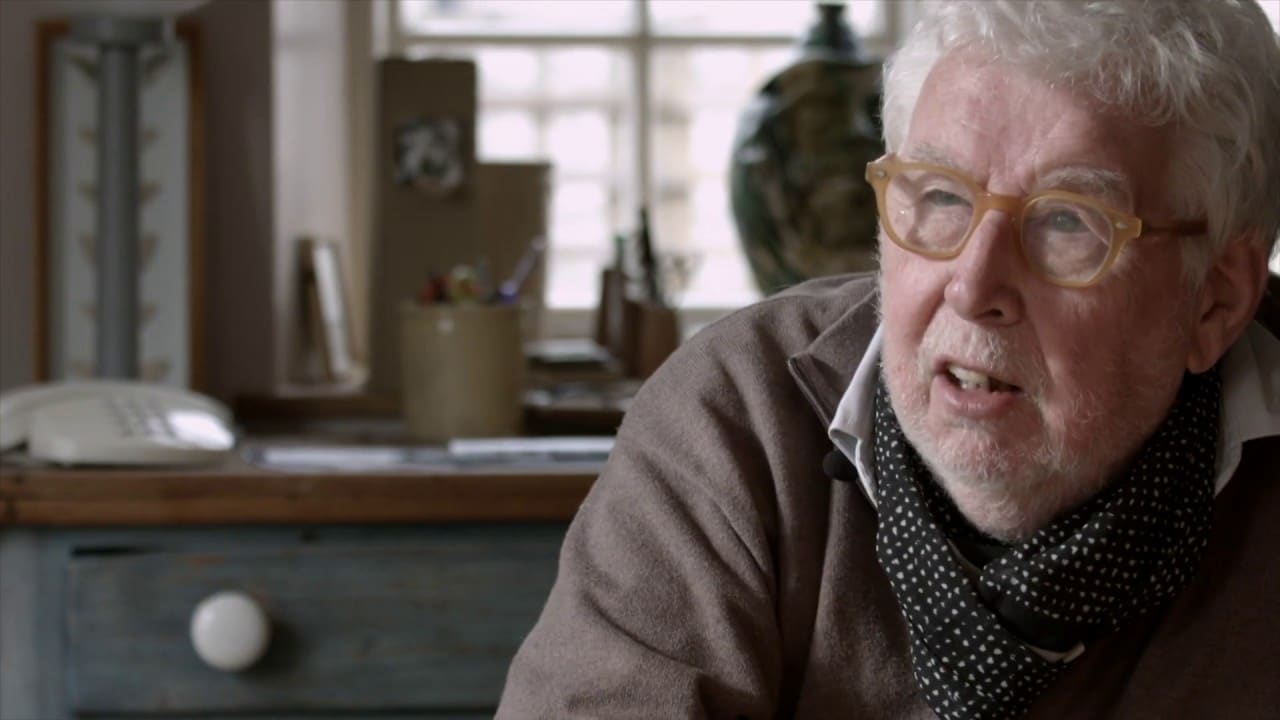
What does “soolafsso” mean?
A solo horn passage – concert E,A,E,D,A.
Yo, okay, it has been corrected, now the comment looks silly because it refers to nothing visible.
Almost every day I find myself wondering why people who post messages (originals and replies) on SD so often fail to read their stuff, and/or use a spell-checker, before clicking “send”. It’s disrespectful.
On the topic of solfeggio, Riccardo Muti gets kicked a lot in this blog. I’ve not heard him live for over a decade but he was (and probably still is) an electrifying conductor on his day, especially of Verdi. I was touched to come across a YouTube video in which he sings solfeggio to suggest – to a conducting student during a masterclass – how a passage could be phrased more musically and beautifully.
Antwerp, you misunderstood me completely. There was a big, fat typo in the text. After I pointed it out, it was corrected. Now, my comment referring to the typo still stands, while the typo is gone without notice. Do you understand this?
Hello “We privatise your value”. I understood your message perfectly, and agreed and sympathised with it.
The situation you describe happens often, mainly because NL and his team do not review their posts properly before posting them. They wait for readers to point out their mistakes and only then do they correct them. That’s lazy and sloppy. It’s unfortunate that we, as commenters, cannot similarly edit OUR posts.
YouTube is more sensible in this regard: if I spot a typo in one of my comments there after I have posted it, there is an “edit comment” option, and possibly also a “delete comment” one.
NL, please could you enable these features in SD?
We’ll take a look at it.
“Payare’s podium style is captivating: he moves from elegant ballet positions to rap dancing to the posture of a giant eagle ready to swoop down on prey.”
I’m curious to know what the musicians did of it.
Great review, thanks!
OSM is and Budapest was lucky: Payare’s Shostakovich is simply outstanding. One of Payare’s many strengths is his ability to maintain the tension of the long line even in the more discursive movements.
I write as a Payare partisan, delighted with his work in San Diego… and a bit jealous that Montreal got to tour Europe with him first! 🙂 Of course, what with the construction of the Rady Shell recently completed and the top-to-bottom renovation of Symphony Hall ongoing, the expense of any tour will, I imagine, be off the table for quite some time.
As someone who has worked with Payare on numerous occasions, I will say that we were all wondering if Montreal would follow Nagano with a conductor of a similar level of talent and were amazed when they did! When one reads a review written with this level of insight, it erases any doubts about the future direction of the classical music world. (I might add that Mr. Payare and his wife are a perfectly matched team in their level of sophistication, respect for the music and artistic insight) It’s impossible to praise this choice of Montreal’s too highly!
Oscar, do I smell a subtle hint of sarcasm?
I guess orchestra players can no longer even glance at their conductor with antics like this on the podium. How amateur.